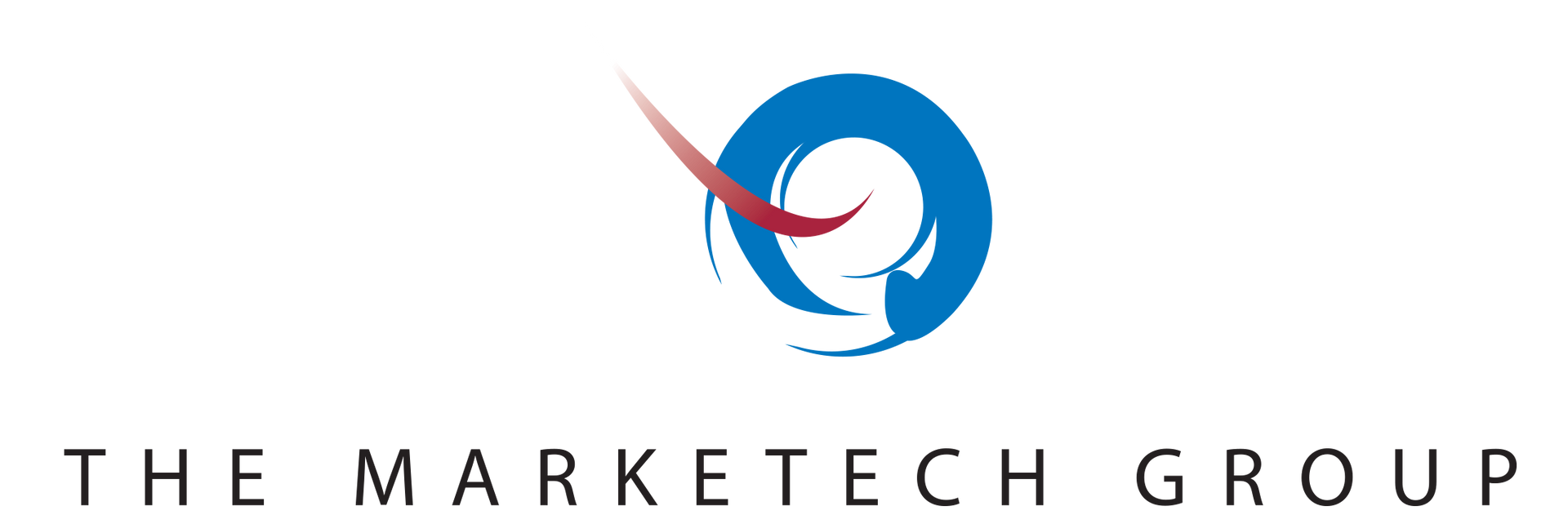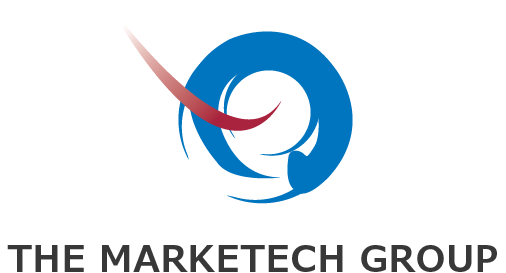2024 Top Trends in the Medical Device Industry
Share this article:
Written by: The Marketech Group

The medical device industry in 2024 is at the forefront of innovation, with emerging technologies and evolving regulations driving both opportunities and challenges. Companies are adapting to a fast-paced environment where patient-centric care and digital health solutions are shaping the future. Here are the top trends to watch in 2024.
What Does the Medical Device Industry Look Like in 2024?
While AI, machine learning, and other new technologies are speeding the pace of medical device development in 2024, regulatory agencies are making changes that in some cases can slow progress. Additionally, the industry is shifting towards personalized, patient-centric solutions to meet evolving healthcare demands.
Key Trends in the Medical Device Industry in 2024
The medical device industry is undergoing rapid transformation, with several key trends shaping its future. As companies work to innovate and meet regulatory demands, staying on top of these trends is critical for maintaining a competitive edge. Below are some of the most impactful trends driving changes in 2024.
Increasing Use of Artificial Intelligence and Machine Learning
The medical device industry is becoming more efficient and safer thanks to artificial intelligence and machine learning (AI/ML). The ability of AI to process large amounts of data is already allowing hospitals to treat more patients with better efficiency than previously while reducing the number of human errors.
Rise of Digital Therapeutics and Remote Monitoring Devices
Digital therapeutics (DTx) and remote monitoring devices are creating a more patient-centric standard of care. DTx includes software, mobile phone apps, and wearable sensors. Remote monitoring devices allow healthcare teams to monitor patient care and intervene remotely when necessary. Glucometers, pulse oximeters, and blood pressure monitors are just a few examples of remote monitoring devices that improve patient care.
Expansion of 3D Printing and Additive Manufacturing
Additive manufacturing (AM) and 3D printing are personalizing medical care in ways that were never possible previously. Devices can be custom-tailored to a patient's individual anatomy. Patient wait times for procedures can be reduced and surgical errors can be minimized. Personal prosthetics and custom implants are now faster and cheaper to produce, improving accessibility. During the COVID-19 pandemic, 3D printing also helped alleviate medical supply shortages, showcasing its potential in emergency response situations.
Growing Use of Wearable and Biometric Devices
Wearable and biometric devices allow healthcare professionals to remotely monitor patients. These devices can also be used to gather research data and diagnose patients. They can range from simple devices like smartwatches to more complex physical implants that monitor ECG, blood pressure, and glucose levels. The data collected through these devices can also be processed with AI to generate new insights and foster developments in predictive healthcare.

Greater Focus on Cybersecurity for Medical Devices
As more remote medical technologies are being deployed, it creates a great risk for patients and healthcare organizations when it comes to cybersecurity. Care delivery and patient safety could be impacted by cyberattacks, along with private patient information. Hospitals and healthcare organizations are also vulnerable to hacking and loss of sensitive information. To combat these threats, companies are prioritizing the development of robust security protocols and real-time monitoring tools.
As cybersecurity risks grow, companies are also consolidating through mergers and acquisitions (M&A) to strengthen their market positions and technological capabilities.
Industry Consolidation and M&A Activity
Most industry insiders predict that consolidation of medical device developers and mergers and acquisitions (M&A) will continue for the foreseeable future. Mergers not only increase revenues but also allow companies to extend combined offerings to hospitals and other healthcare providers. However, rising interest rates in 2023 have slowed down this activity somewhat. Once interest rates begin declining, expect major moves in the medical device space to gain speed.
Sustainability and the Push for Eco-Friendly Medical Devices
Sustainable and eco-friendly medical devices are more attractive to a certain segment of investors. The industry trend is toward more biodegradable or recyclable medical products, and away from using more chemicals and plastics. Manufacturing and distribution processes are becoming more efficient to reduce emissions. Reusable or recyclable devices are becoming more common as manufacturers try to reduce waste in the medical device sector.
Regulatory Changes in 2024 for Medical Devices
Numerous regulatory changes are on the way in 2024 for the medical device industry. New standards and changes are expected in the US, the EU, and Mexico that will impact the industry in various ways. In the US, the FDA plans to regulate laboratory-developed tests as medical devices. The final text of the EU AI Act is expected to be finalized sometime in 2024. In Mexico, regulators will be passing new Medical Device Technovigilance rules sometime after September.
In a rapidly evolving industry, staying ahead of trends is crucial for success. Whether it’s AI-driven innovations or navigating new regulatory landscapes, companies that proactively adapt will have the competitive edge in 2024.
Leveraging Market Insights to Stay Competitive in 2024

The MarkeTech Group is a global leader in healthcare market research. We have been providing Voice-of-Customer (VOC) research to our partners in the medical device sector since 1995. We also specialize in the healthcare, pharmaceutical, and medical imaging sectors. We utilize
qualitative
and
quantitative data collection and analysis to help meet the unique challenges of our clients in the medical device sector.
Our market research and VOC consulting help clients assess new opportunities in medical devices. We conduct dozens of studies each year to test products and ensure that they have the features customers are seeking.
Our consultants can help product teams identify target customer segments and analyze a new product's place and position in the market before launch. Our proven methodologies even help companies properly price their medical devices to maximize profits. We also conduct post-launch research to ensure that customer reactions and marketing efforts are going smoothly. From idea inception to R&D to post-product launch, The MarkeTech Group provides proven solutions at every step of development.
How The Marketech Group's Market Research Can Best Position Your Product
Ready to take your medical device strategy to the next level? Contact Us today for a free consultation, and let us help you leverage these 2024 trends to stay ahead of the competition. You can also submit a Request for Proposal (RFP) to let us know your objectives and other important factors that will help us assist you.




